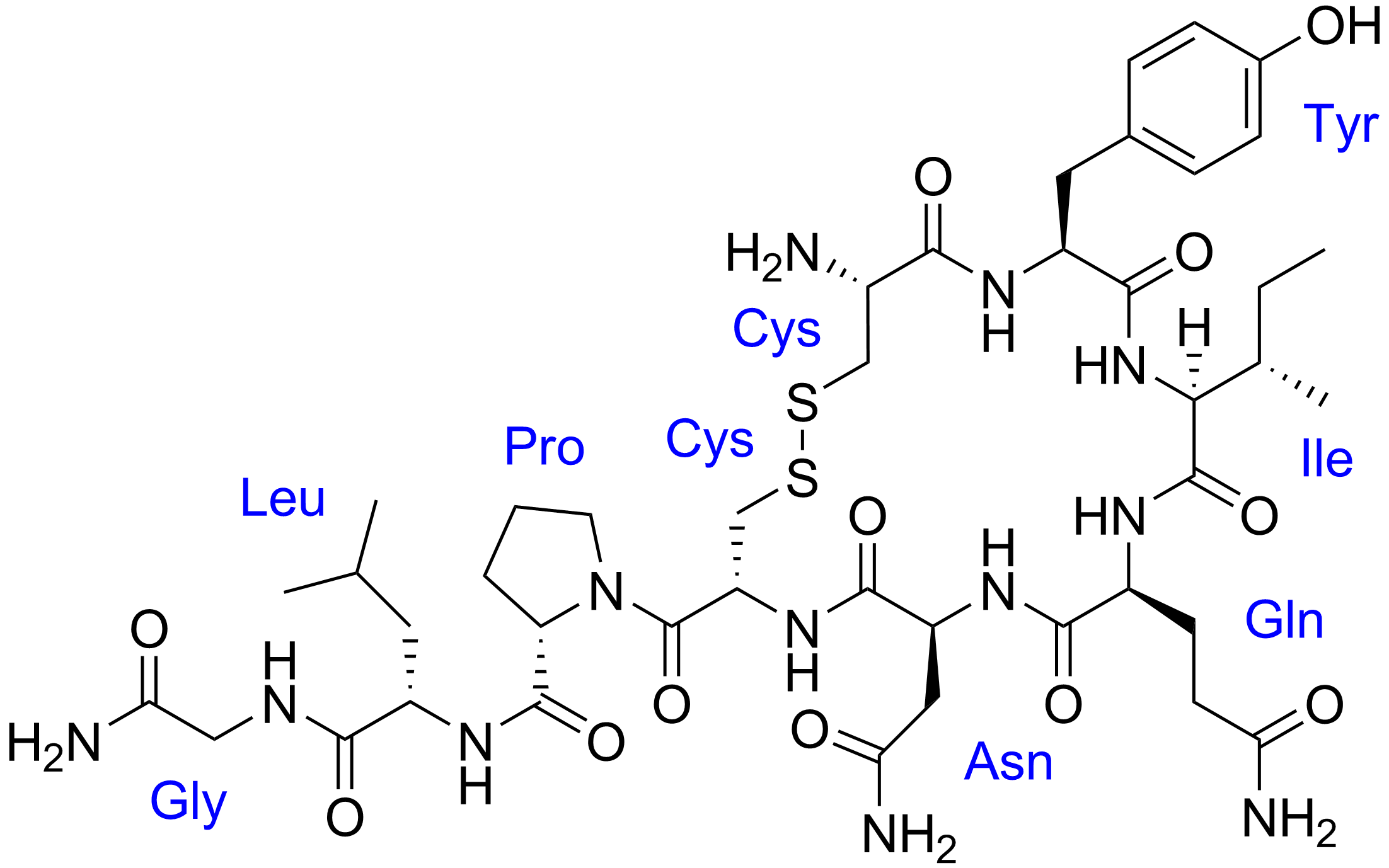Oxytocin seems to play a big role in fostering the bonds of love and empathy. From Scientific American:
One way to clarify that question is to give individuals oxytocin rather than just measure naturally occurring levels. In experiments by couple therapist and researcher Beate Ditzen at the University of Zurich, couples each sprayed a liquid containing oxytocin up their noses (which ensures that the hormone reaches the brain). Ditzen then got them to talk with each other about an issue that both partners said often lead to disagreement or fighting, such as who did the housework or how they spent their free time. She observed how they communicated with each other during the discussion compared with couples who didn’t get the hormone.
The first time Ditzen and her colleagues did this experiment they found that for both men and women oxytocin improved communication and lowered cortisol, a stress hormone. But in a recent study published in Social Cognitive and Affective Neuroscience, Ditzen and her colleagues measured salivary alpha-amylase (sAA)—an enzyme tied specifically to social stress—and found that men and women responded differently. Women who got oxytocin showed a decrease in sAA whereas men showed an increase and reported feeling more intense emotions. Counterintuitively, these men were also better at communication during conflict: they smiled more, had more eye-contact and were more open about their feelings. These behaviors are essential for peaceful conflict resolution.
Much much more at the link. Happy Valentine’s Day!


